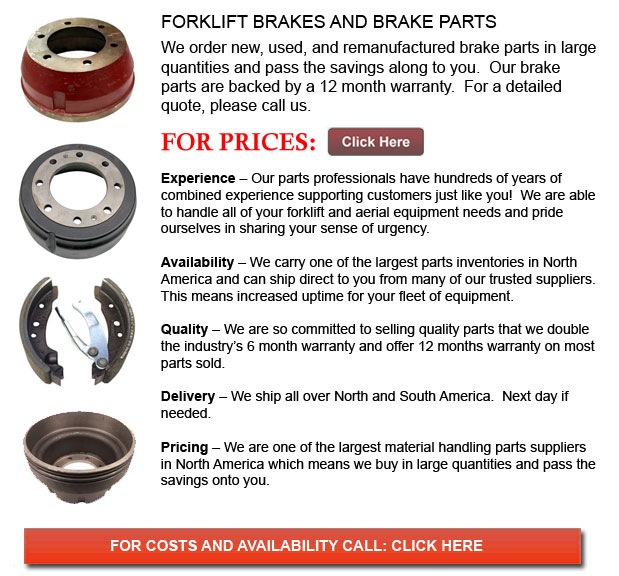
Forklift Brakes - A brake wherein the friction is supplied by a set of brake shoes or brake pads which press against a rotating drum shaped unit referred to as a brake drum. There are a few specific differences among brake drum types. A "brake drum" is normally the explanation provided if shoes press on the interior outside of the drum. A "clasp brake" is the term utilized to describe if shoes press against the exterior of the drum. One more type of brake, known as a "band brake" makes use of a flexible belt or band to wrap all-around the exterior of the drum. If the drum is pinched in between two shoes, it can be known as a "pinch brake drum." Similar to a standard disc brake, these kinds of brakes are quite uncommon.
Old brake drums, previous to nineteen ninety five, required to be consistently adjusted so as to compensate for wear of the drum and shoe. "Low pedal" can result if the needed adjustments are not done satisfactorily. The vehicle could become dangerous and the brakes can become ineffective when low pedal is combined along with brake fade.
There are a variety of Self Adjusting Brake Systems available, and they can be categorized within two major kinds, RAI and RAD. RAI systems have in-built equipments that avoid the systems to recover if the brake is overheating. The most recognized RAI makers are Lucas, Bosch, AP and Bendix. The most well-known RAD systems comprise Bendix, Ford recovery systems, Volkswagen, VAG and AP.
Self-adjusting brakes generally use a device that engages just if the vehicle is being stopped from reverse motion. This stopping approach is suitable for use where all wheels use brake drums. Nearly all vehicles today utilize disc brakes on the front wheels. By functioning only in reverse it is less possible that the brakes would be applied while hot and the brake drums are expanded. If adjusted while hot, "dragging brakes" could occur, which raises fuel intake and accelerates wear. A ratchet mechanism which becomes engaged as the hand brake is set is another way the self repositioning brakes may work. This means is only appropriate in functions where rear brake drums are utilized. When the emergency or parking brake actuator lever exceeds a certain amount of travel, the ratchet developments an adjuster screw and the brake shoes move toward the drum.
There is a manual adjustment knob located at the bottom of the drum. It is generally adjusted through a hole on the opposite side of the wheel and this involves going underneath the vehicle using a flathead screwdriver. It is of utmost significance to move the click wheel correctly and tweak each and every wheel equally. If uneven adjustment occurs, the vehicle may pull to one side during heavy braking. The most effective method in order to ensure this tiresome task is done safely is to either raise each and every wheel off the ground and hand spin it while measuring how much force it takes and feeling if the shoes are dragging, or give every\each and every one the same amount of manual clicks and then do a road test.
![]() Click to Download the pdf
Click to Download the pdf
Forklift Parts
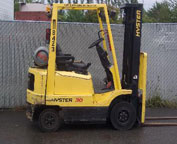
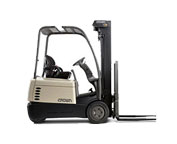
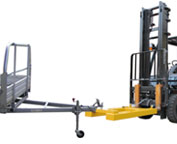
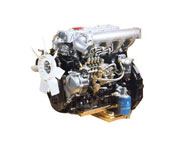
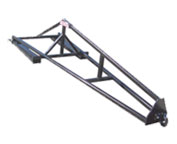
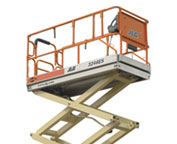
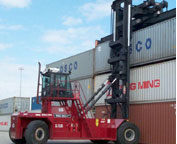

Lift Parts Express
TOLL FREE: 1-888-695-7994
LOCAL: 469-320-9216
Mesquite, Texas
forkliftpartsmesquite.com
Email Us
About Us


